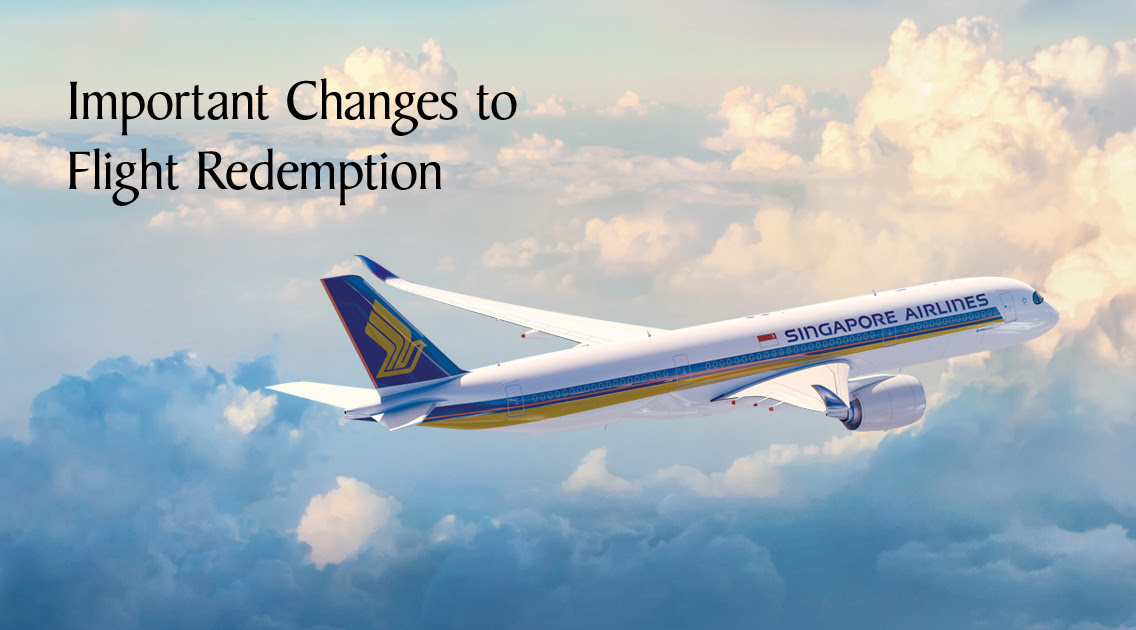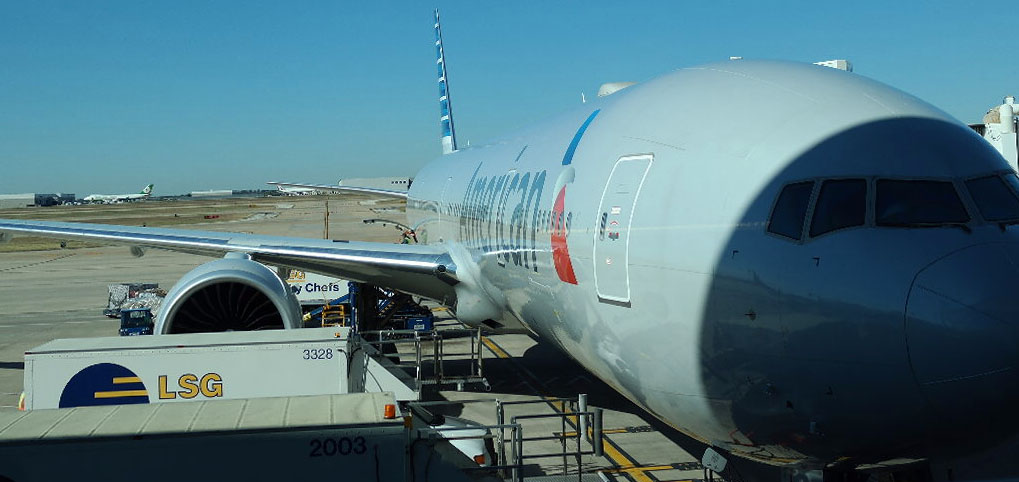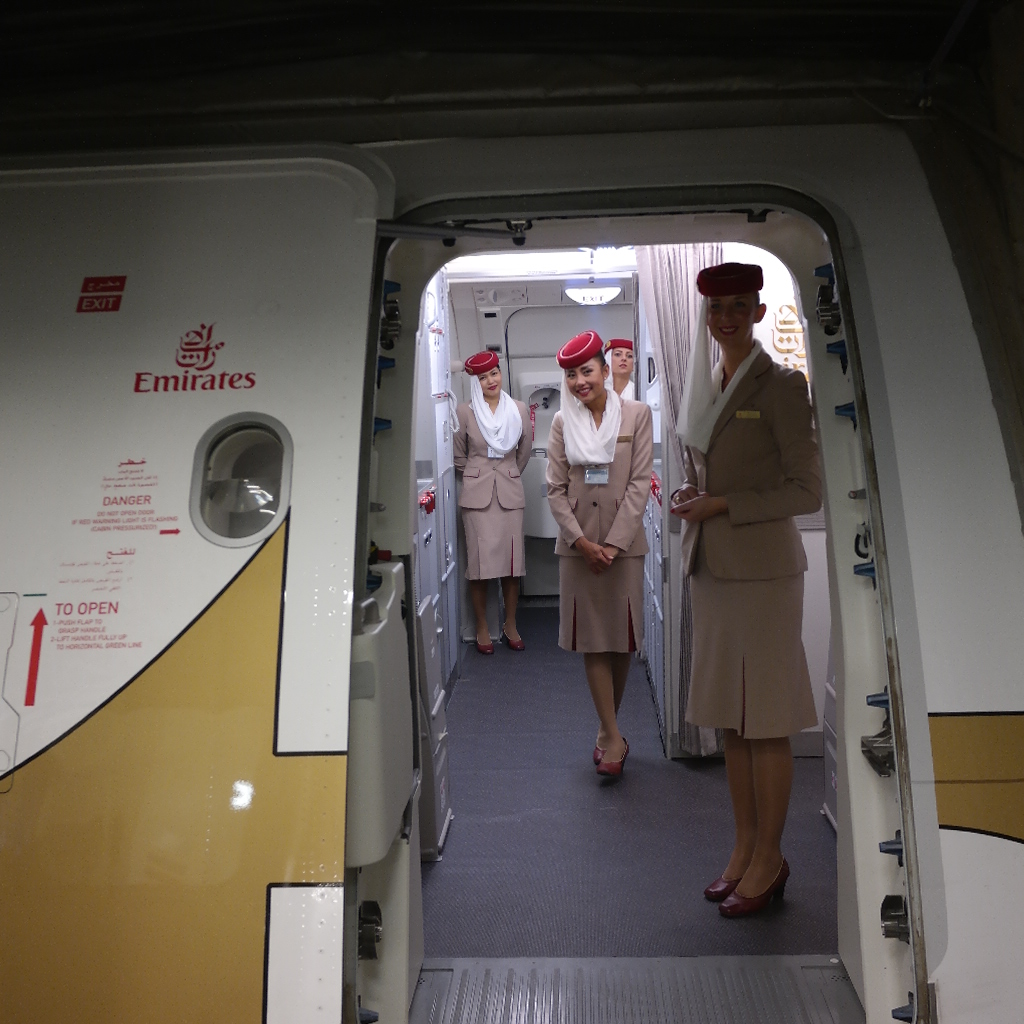Singapore Airlines KrisFlyer Devaluation
Singapore Airlines KrisFlyer program has announced that they will be amending their award chart and removing some key benefits. Worse, they’ve essentially given KrisFlyer members only three weeks to respond and plan under the old award chart. While this Singapore Airlines KrisFlyer Devaluation is not the end of the world, it is unfortunate. BackgroundSingapore Airlines KrisFlyer program is one…


